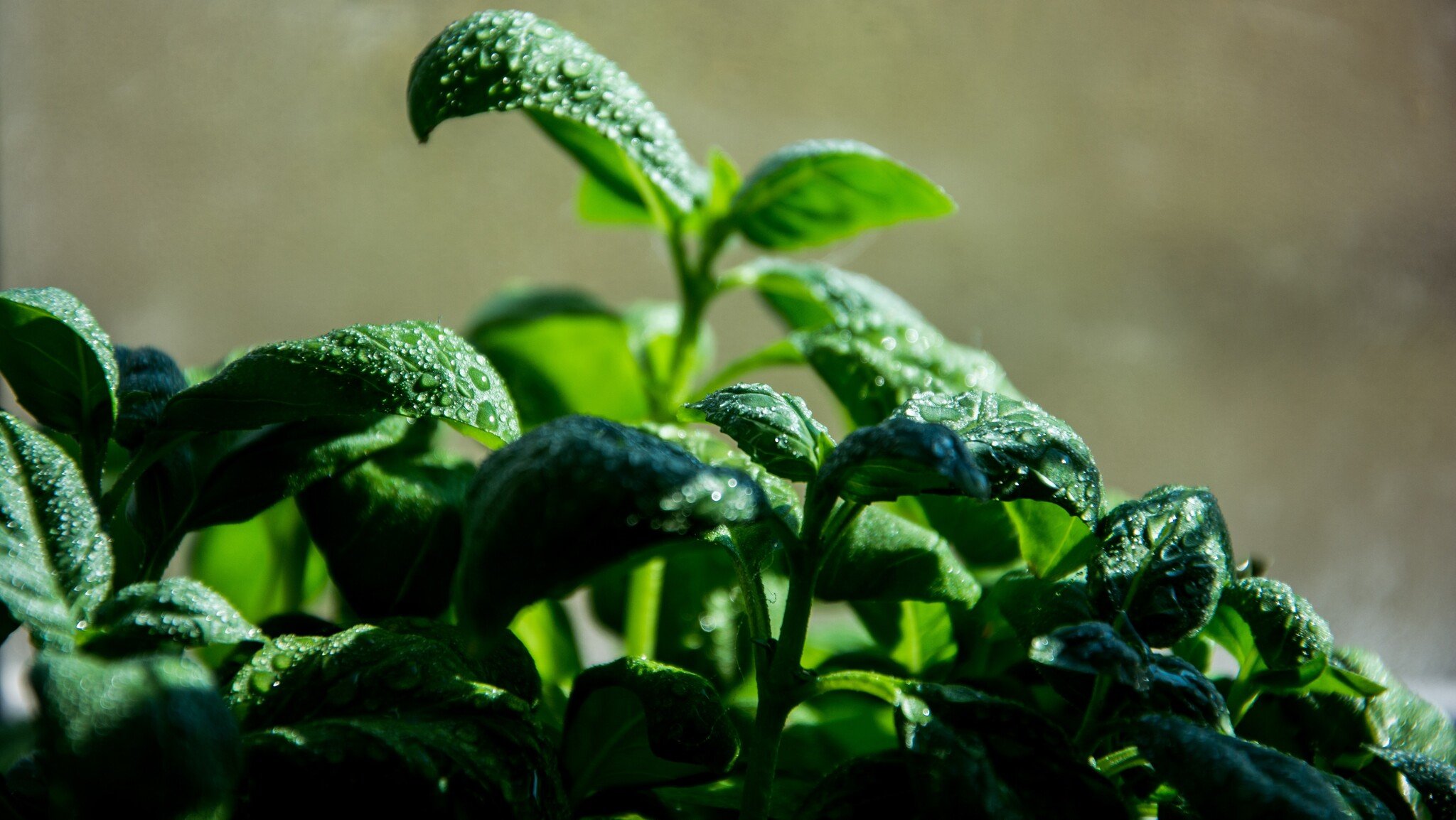Heavy Metals in the Garden
- Posted on
- By The Biologic Team

With the development of industrialization and urbanization over the past two centuries, concentrations of heavy metals in the environment have significantly increased, raising concerns about the impacts to environmental, animal, and human health.
Heavy metals are non-degradable and persist in the soil for a long period, possibly causing environmental pollution and severely affecting a variety of physiological and biochemical processes in crop plants and reducing agricultural productively. Heavy metals can enter the food chain through crops and accumulate in the body through biomagnification, posing a threat to human health.
Essential heavy metals such as copper, iron, manganese, nickel, and zinc are required in small amounts for physiological and biochemical processes during the plant life cycle but can become toxic when present in excess. Other, non-essential heavy metals like lead, cadmium, arsenic, and mercury are highly toxic with no known function in plants.
Lead, Cadmium, Arsenic and Mercury in Cannabis Cultivation
Cadmium pollution comes from atmospheric cadmium emissions, metal production, sewage sludge, fertilizers, disposal of cadmium-containing products like batteries and is frequently found in soils. Cannabis plants are uniquely able to pull cadmium from polluted soil, making it one of the most problematic heavy metals for cultivators.
Arsenic in soils can come from natural geological processes as well as agricultural and industrial ones, such as the mining and smelting. Many pesticides and high-phosphorus fertilizers commonly used in past decades contained elevated levels of arsenic, and soils have been degraded from exposure.
Lead is a well-known environmental contaminant and health threat that has accumulated in soils from many sources of pollution, including vehicle exhaust, ammunition, plumbing, paints, smelting and fossil fuel emissions. Lead is the most prevalent heavy metal found in the environment, and high lead levels are often found in soils, fertilizers, compost and compost-based mediums, and in soil systems near air-polluting industries.
Mercury pollution comes from coal-fired power plants, wastewater, mining and agriculture, as well other industrial processes including pharmaceutical, paper pulp and caustic production. Fish and other marine fertilizers used in cannabis production can be contamination sources for mercury, though, according to available research, cannabis appears much less likely to pull mercury from soils than cadmium, arsenic or lead.
Avoid Heavy Metal Accumulation in Soil
Regularly test your soil, inputs, and water sources for heavy metals, keeping in mind that amounts can vary in different areas of the same farm or garden.
Research and monitor your media and inputs. Plant in certified organic soil and apply fertilizers that adhere to heavy metals thresholds imposed by certifying bodies such as the California or Washington Department of Food and Agriculture. If you have particular concerns, ask your suppliers for testing or consider independently testing your materials.
Feed wisely. Providing your crop with enough fertilizer can discourage plants from absorbing excess heavy metals while over-feeding can add excess heavy metals to the soil.
For contaminated soil consider strategies such as physical remediation, replacing or covering soil or biological remediation which involves the use of biological organisms to restore the soil. Some examples are phytoremediation, land farming, bioaugmentation, biostimulation and the use of organic materials (such as compost, wood ash, and saw dust).
Additional Resources:
University of New Hampshire, “Soil Testing for Environmental Contaminants - Interpreting Your Heavy Metals Test Results”. https://extension.unh.edu/resource/soil-testing-environmental-contaminants-interpreting-your-heavy-metals-test-results-fact
Oregon Department of Human Services, Reducing Your Exposure to Heavy Metals in Oregon” https://www.oregon.gov/oha/PH/HEALTHYENVIRONMENTS/TRACKINGASSESSMENT/ENVIRONMENTALHEALTHASSESSMENT/Documents/Reducing%20your%20Exposure%20to%20Heavy%20Metals%20in%20Oregon_FAQ.pdf
USDA Natural Resources Conservation Service, Heavy Metal Soil Contamination. https://directives.sc.egov.usda.gov/OpenNonWebContent.aspx?content=18583.wba
Efretuei, Arit. “Restoring Heavy Metal Contaminated Soils Using Compost”. https://www.permaculturenews.org/2016/11/25/restoring-heavy-metal-contaminated-soils-using-compost/
